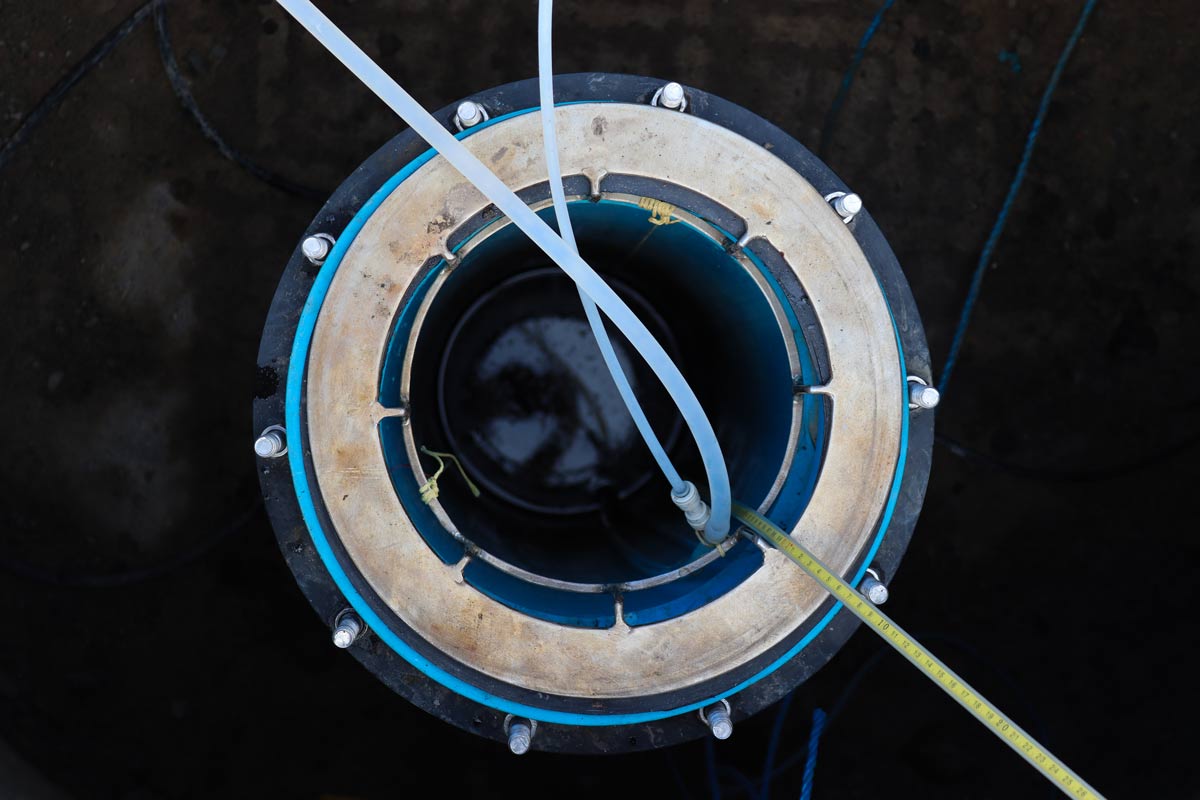We monitor the weather, the oceans, volcanoes and earthquake zones. Despite the increasing pressure on the underground for resources to sustain human life (groundwater, raw materials, energy solutions, civil engineering) we don’t have an observation system that can explain the way the entire underground system works.


Take a tour of the Glasgow Observatory.
At a time when it’s never been more important to understand our natural world, the UK Geoenergy Observatories are facilitating a step change in our understanding of geology and our relationship with the underground environment. They are providing data that helps us understand what’s happening beneath our feet. This data will improve our ability to manage our environment and contribute to the responsible development of new energy technologies both in the UK and internationally.
Funded by the department for Business, Energy & Industrial Strategy (BEIS), owned by UKRI-NERC and run by the BGS, the UK Geoenergy Observatories are a major infrastructure to put the UK at the forefront of world-class subsurface research and geoenergy innovation.
An initial £31 million investment from the 2014 UK Government plan for growth of science and innovation is enabling the construction of the observatories in Glasgow and Cheshire, the installation of sensors and a new core-scanning hub, and the creation of an open data platform.
Subsurface observatories
We are delivering a network of subsurface geoenergy observatories across the UK to enable the research and development community to work on critical geoscience, geoenergy, geoengineering, social science and data questions.
The investment in the UK Geoenergy Observatories is beginning to deliver new data, information and knowledge from subsurface environments in Cheshire, Glasgow and elsewhere. Each location serves up a different body of knowledge.
Glasgow Observatory
Glasgow provides a real underground laboratory to enable a range of research into using geothermal energy from mine workings at scale. With 12 boreholes penetrating two sets of mine workings and the surrounding rock mass, spatial and temporal variability in monitoring and subsurface perturbations of heat and flow can be measured. This ready-to-use infrastructure has extensive, in-place sensors and is available to provide conditions directly applicable to mine water geothermal abstraction and re-injection.
Cheshire Observatory
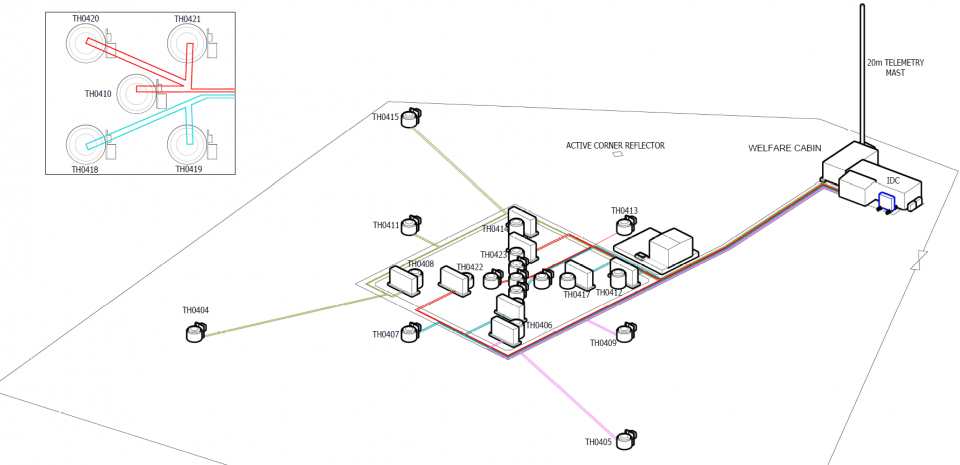
Schematic of the Cheshire UK Geoenergy Observatory.
When complete, the Cheshire Observatory will deliver a unique research infrastructure for the assessment of subsurface effects related to renewable energy storage and geothermal. Researchers will be able to access:
- boreholes that can be used to circulate heated and cooled water
- opportunities to investigate the effect of thermal energy storage and extraction
- access to samples of groundwater and drill core for off-site laboratory investigations
- arrays of sensors capable of monitoring changes in subsurface pressure, temperature, water chemistry and physical and mechanical rock properties
- data freely available on the UK Geoenergy Observatories website
Other Observatories
Cardiff Urban Geo Observatory
In Cardiff, we have been monitoring the shallow groundwater in the aquifer below the city since 2015, when the Cardiff Harbour Authority and the City Council donated some 100 boreholes for continuous monitoring.
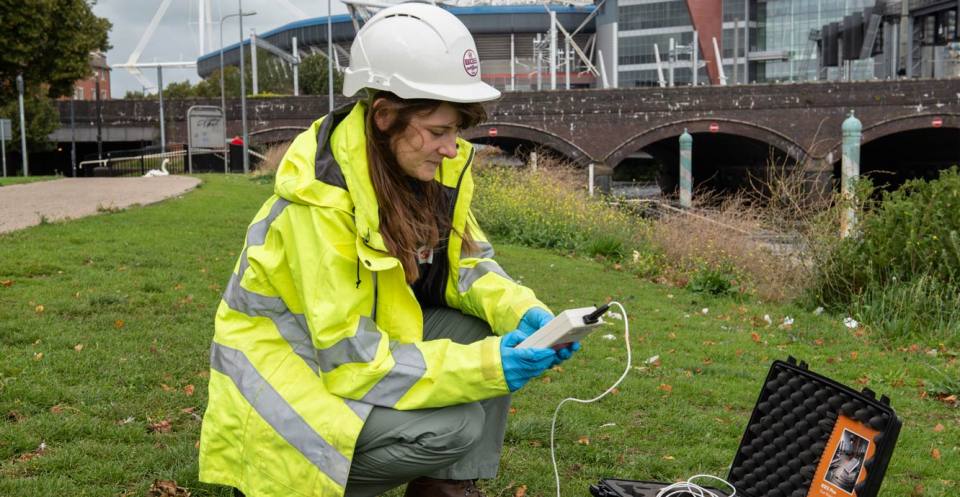
BGS scientist Ashley Patton measuring soil properties in Cardiff, with the Principality Stadium in background. © BGS/UKRI.
Monitoring and observation
Monitoring and observation at the observatories will continue over 15 years. The UK Geoenergy Observatories will give Earth scientists access to unprecedented data about the rocks below our feet and support the development of one of the most comprehensive datasets in the world on the geological environment.
The modelling, drilling, core samples, data and continuous monitoring are underpinning our knowledge of how geothermal energy, hydrogen, carbon capture and storage and intermittency solutions for wind, solar and tidal energy can reduce our carbon emissions.
The UK Geoenergy Observatories will also provide a platform for social science research to explore our relationship with the underground, geoenergy, and environmental change.
Explore the data, kit, publications and research opportunities
The observatories will provide an ongoing stream of data and researchers will be performing both long- and short-term experiments to explain what’s happening under the ground. Researchers will also be able to carry out laboratory analyses and experiments on rock samples taken from some of the boreholes.
Visit the UK Geoenergy Observatories website to explore the full range of possibilities.
Need more information?
Related news
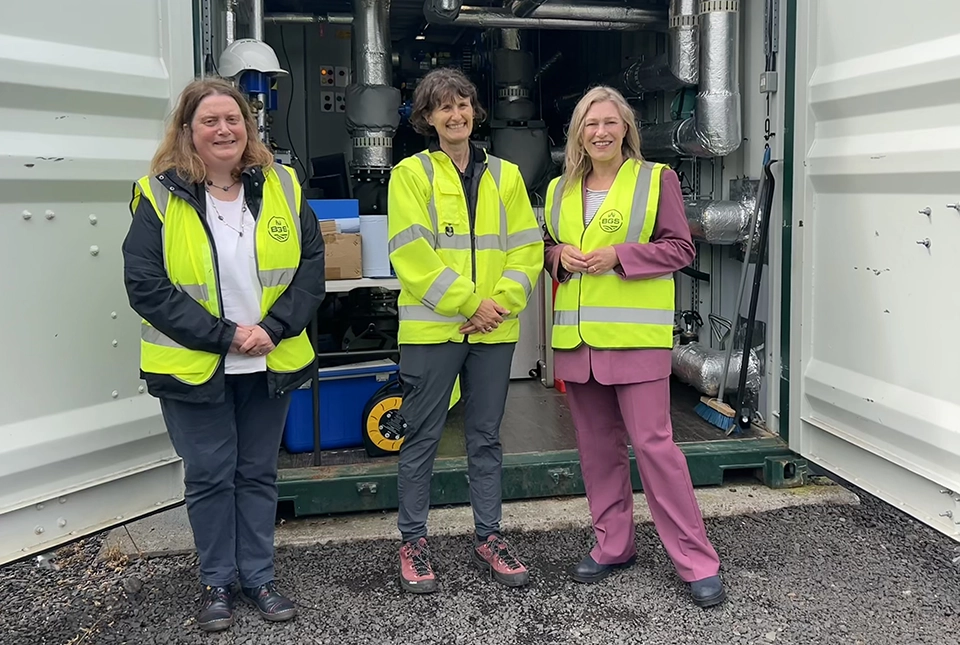
Unlocking our geothermal potential: a Scottish Government visit to the Glasgow Observatory
15/08/2024
Gillian Martin MSP visits the UK Geoenergy Observatory in Glasgow to learn about geothermal energy and see the research being carried out at the facility.
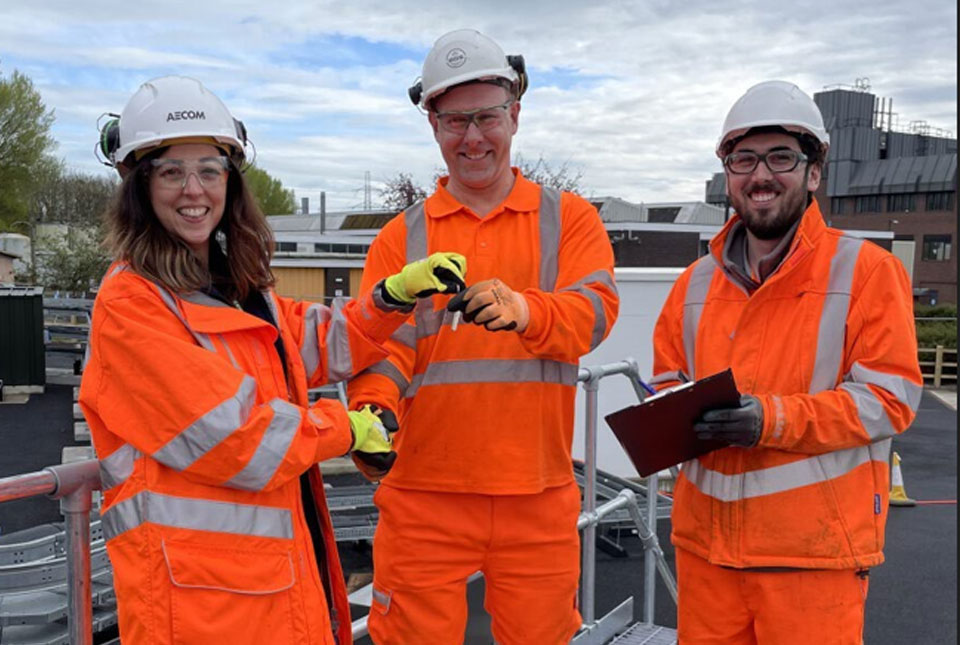
New underground observatory open for research
09/04/2024
Construction has been completed on the Cheshire Observatory and the facility is now open for research activities.
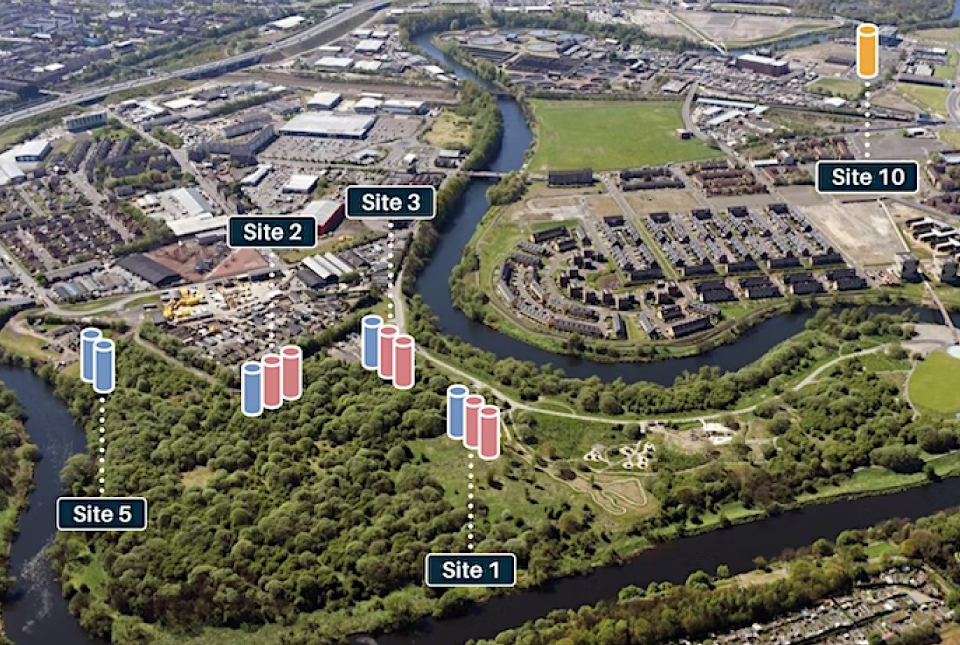
UK Geoenergy Observatories — open events in Glasgow
Event from 26/04/2023 to 27/04/2023
You are invited to visit the UK Geoenergy Observatory in Glasgow, to find out more about what the facility can offer you as a potential user.
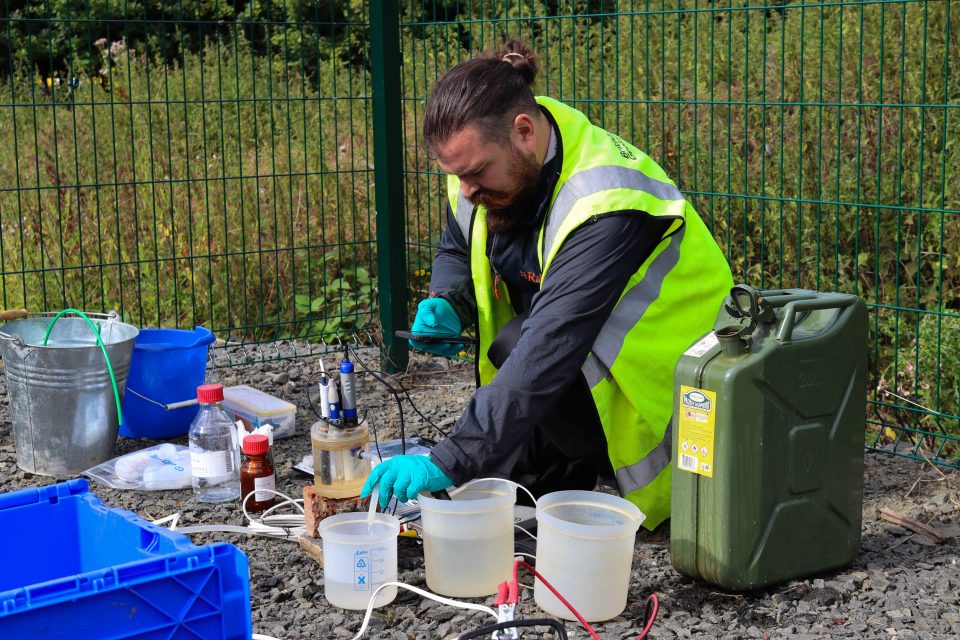
UK Geoenergy Observatories: time zero for net zero
01/12/2022
The BGS-led UK Geoenergy Observatories project is shining a light on the subsurface’s potential to provide geothermal energy.
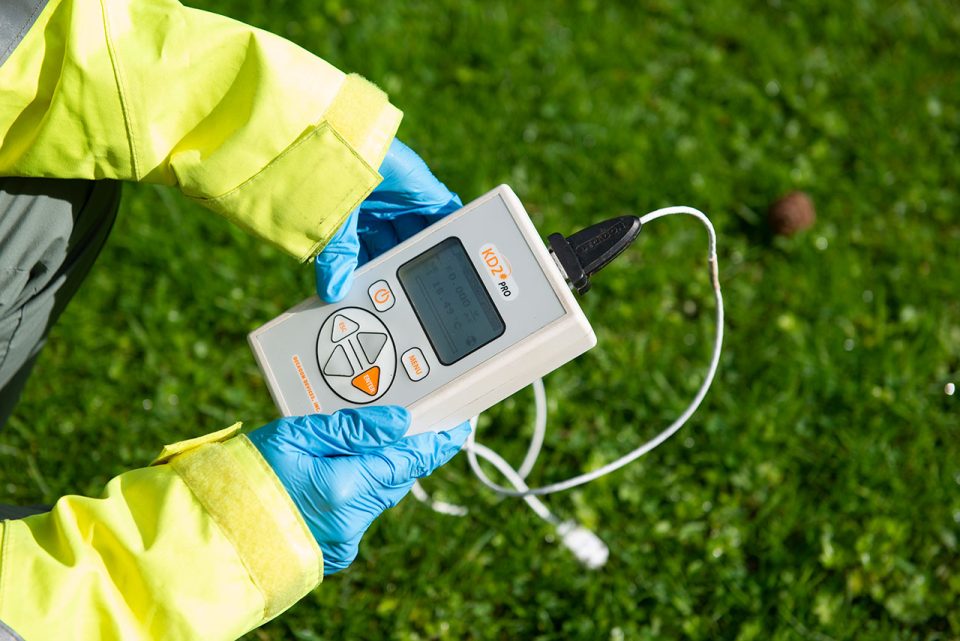
BGS joins European Geothermal Congress to highlight UK’s geothermal potential
21/10/2022
The European Geothermal Congress will discuss how the geothermal sector can help with the energy crisis.
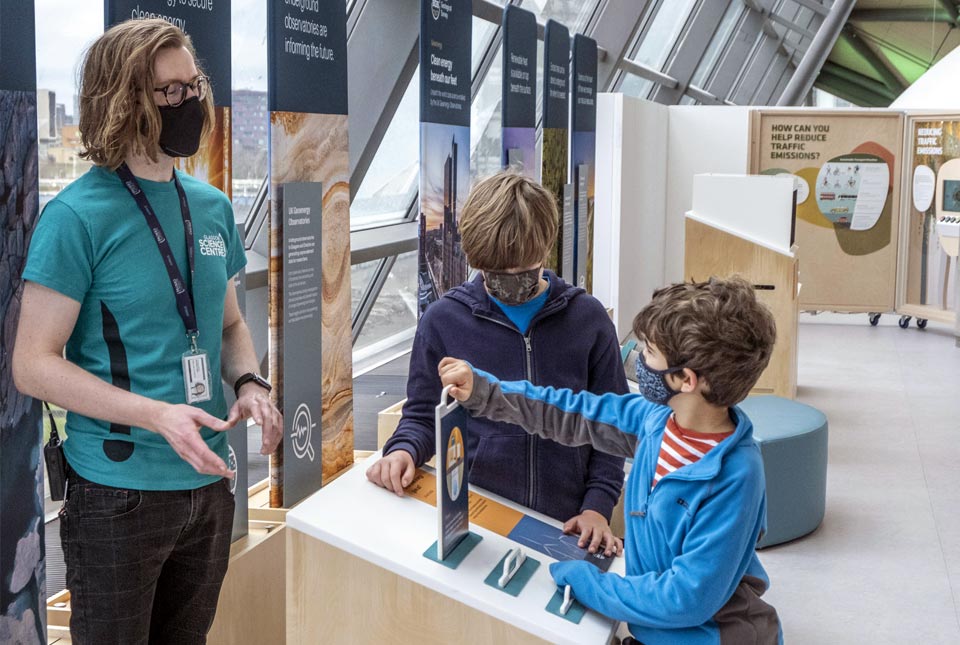
Clean Energy Beneath Our Feet launches at Glasgow Science Centre
13/03/2022
A new interactive exhibition has launched at Glasgow Science Centre, inspired by the work of the UK Geoenergy Observatories.
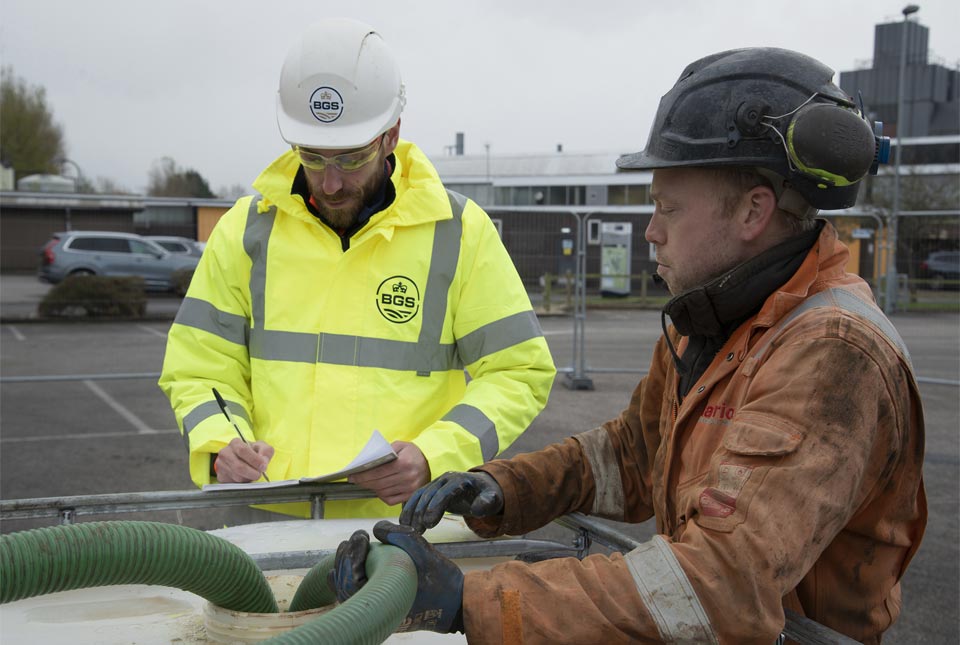
UK set for groundbreaking underground observatory in Cheshire
09/02/2022
The UK Geoenergy Observatories project will deliver a second underground observatory for the UK after it was granted planning permission on Wednesday 9 February.
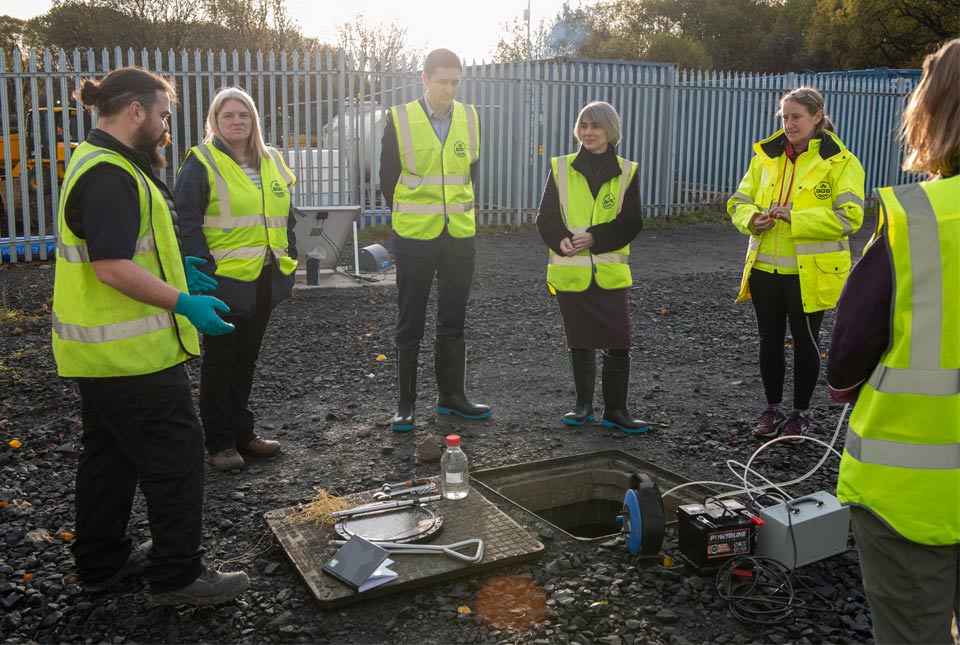
Prof Dame Ottoline Leyser visits Glasgow underground observatory
12/11/2021
The Glasgow Observatory provides unprecedented access to the subsurface and will fill in the knowledge gaps around geothermal energy.

BGS welcomes Glasgow’s new Hope Sculpture at Cunningar Loop
08/11/2021
BGS has welcomed an exciting new public art sculpture by Steuart Padwick, serving as a beacon of hope and positivity for the city.
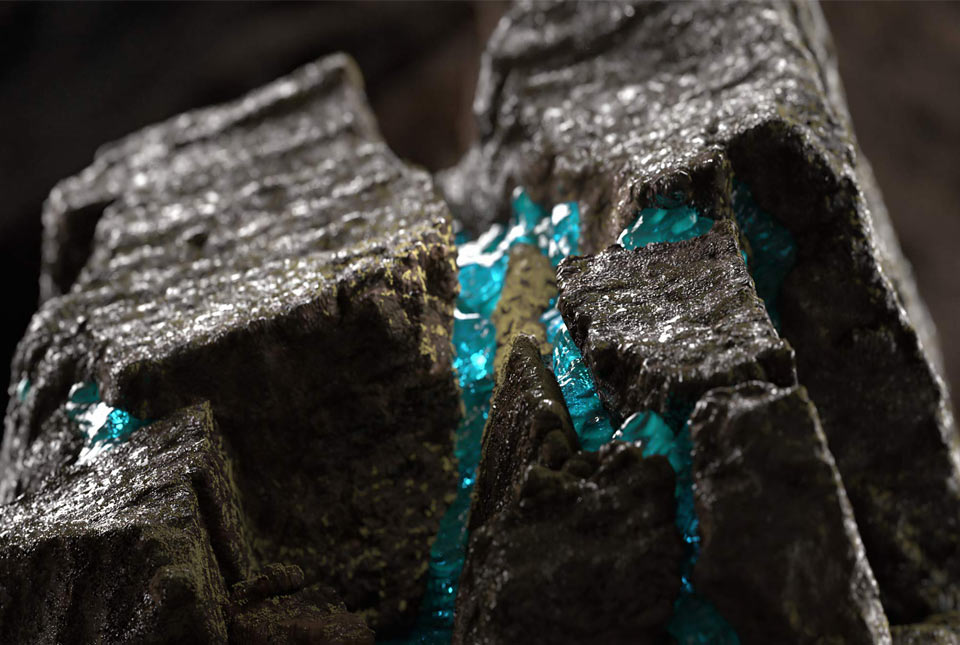
Glasgow’s underground observatory takes temperature of city’s mine water
28/07/2021
The UK Geoenergy Observatory in Glasgow has completed a first survey of the water circulating in abandoned mines lying up to 88 m below the city.
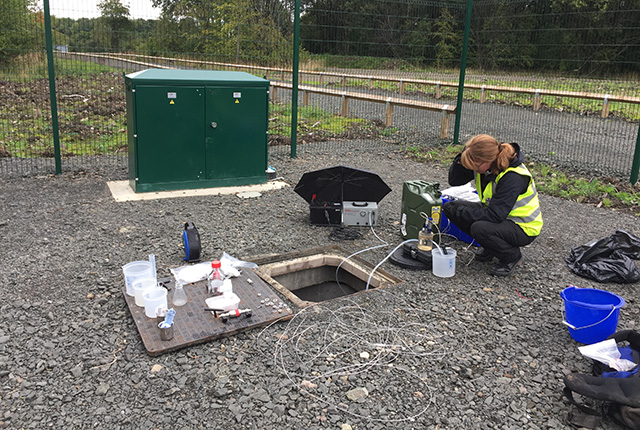
Could abandoned coal mines in Glasgow support the UK’s net zero ambitions?
27/05/2021
The UK Geoenergy Observatory will allow scientists to better understand the processes and impacts of using warm water underneath UK cities as a sustainable heat source
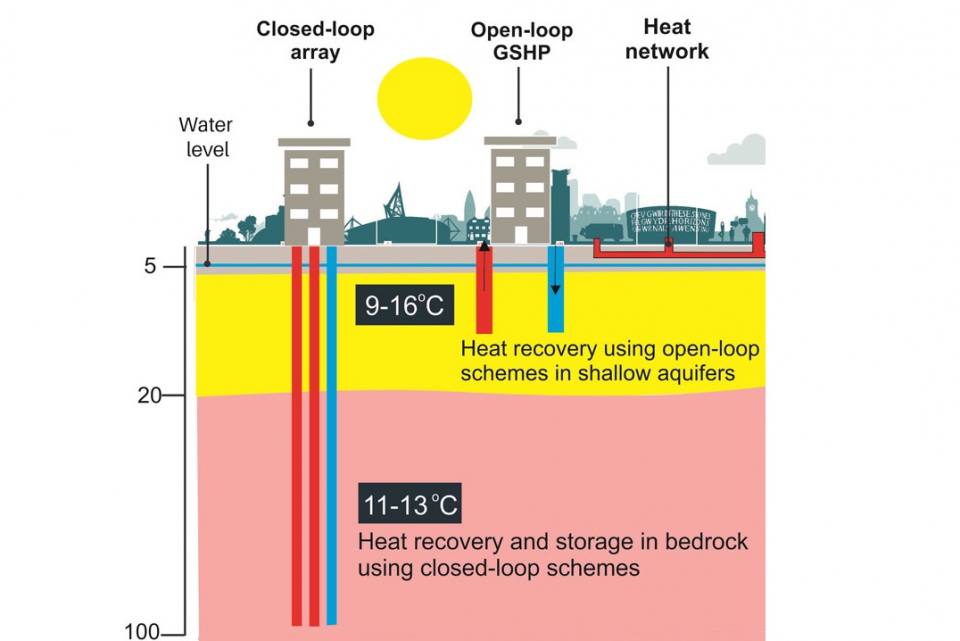
The Cardiff Urban Geo Observatory: ‘a city-scale observatory for city-scale challenges’
02/03/2021
Heat recovery and storage in the urban subsurface could offer part of the solution to decarbonise energy supplies.
You may also be interested in
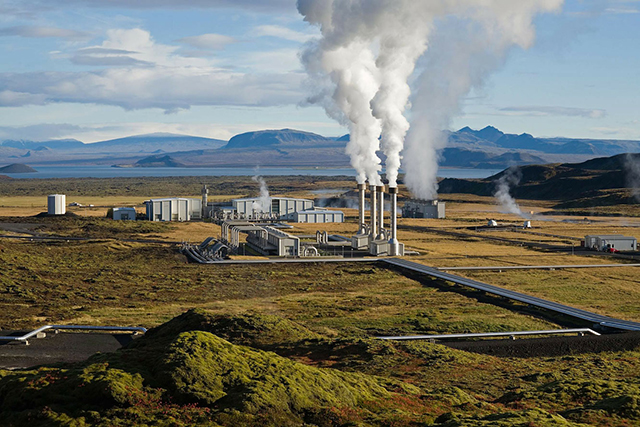
Geothermal energy
Investigating geothermal energy — energy stored in the form of heat beneath the surface of the solid Earth.
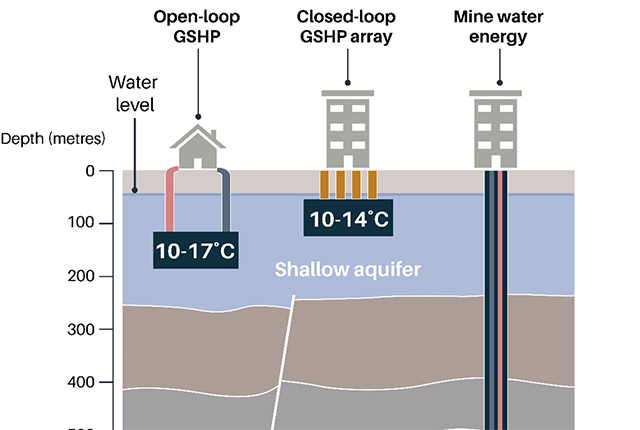
Geothermal technologies
Geothermal energy is available across the UK in different geological settings. It can be used to produce thermal (and in some places electrical) energy for a wide range of uses.


